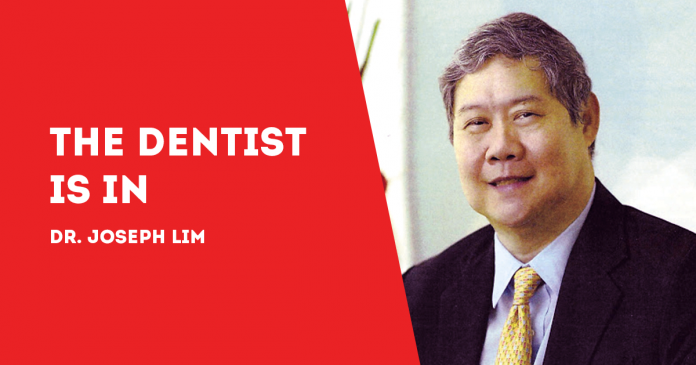
THE GLOBAL economic cost of dental diseases is $544 billion.
According to the most recent analysis available, $357 billion accounted for direct costs of dental treatment and $187 billion in productivity losses to the economy.
Nearly haIf or 45 percent of this economic burden can be attributed to tooth decay. That means a global economic burden of of $245 billion.
This includes an estimated $161 billion in direct treatment costs for tooth decay and an estimated $84 billion in indirect productivity losses as a result of tooth decay.
To place this in context, diabetes accounts for an estimated $760 billion in global health expenditure. Diabetes is appropriately given significant policy attention.
The statistics come from a new report, “A Global Consensus for Achieving a Dental Cavity-Free Future”, released by the Alliance for a Cavity-Free Future (ACFF), the London-based oral health care advocate.
Putting the dollars into more practical numbers, the report states that tooth decay, when left untreated, causes almost 5 million disability adjusted life years (DALYs).
A further 4.5 million DALYs were also attributed to excessive tooth loss.
The World Health Organization defines DALY as a time-based measure that combines years of life lost due to premature deaths and years of life lost due to time lived in states of less than full health, or years of healthy life lost due to disability.
One DALY represents the loss of the equivalent of one year of full health.
The CAFF report says that tooth decay contributed to DALYs across the life course, more heavily for children and young adults, while tooth loss equally affected middle aged and older adults.
The report cites a recent study using nationally representative data in the United States.
It documented the considerable impact of dental disease on quality-adjusted life expectancy (QALE) among American adults, showing that decayed and missing teeth in particular were associated with higher disutility in all age groups.
To put this in context, dental conditions represent 5.3 percent in QALE due to overall prevalence, an estimate that is about one-third of the respective estimates for heart disease and obesity and one-quarter of the respective estimate for smoking and diabetes.
In addition to the health and social burdens, tooth decay is also associated with an economic cost, stemming from the amount spent directly on treating the disease as well as on the indirect costs associated with lost productivity.
The indirect costs include mainly lost productivity to the economy due to absenteeism at work.
The CAFF report says that the direct burden incurred as a result of tooth decay (treatment/restoration costs) is estimated at 15 percent of the total oral disease burden.
The close links between untreated tooth decay and tooth loss must be considered. The report points to a recent study estimating that more than half (52 percent) of tooth loss is directly attributed to untreated tooth decay.
Using best available data on these figures, the CAFF report estimates that tooth decay “more likely accounts for 45 percent of the total burden of oral disease.”
The estimate does not include any burden that gum diseases may have been impacted by tooth decay and should be considered a low estimate.
***
Dr. Joseph D. Lim is the former Associate Dean of the UE College of Dentistry, former Dean of the College of Dentistry, National University, past president and honorary fellow of the Asian Oral Implant Academy, and honorary fellow of the Japan College of Oral Implantologists. Honorary Life Member of Thai Association of Dental Implantology. For questions on dental health, e-mail jdlim2008@gmail.com or text 0917-8591515./PN





